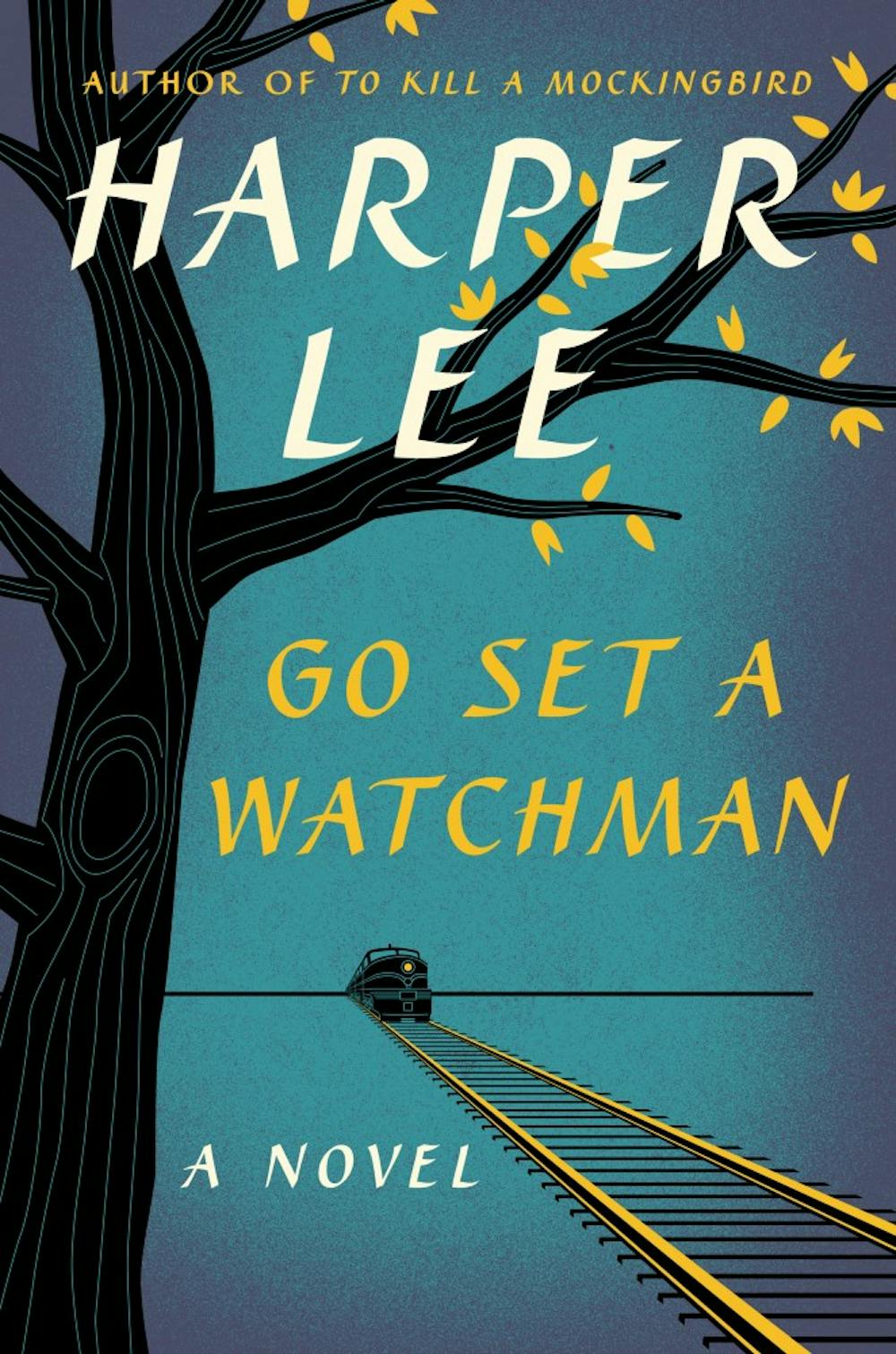On July 14, the sister of a masterpiece was released into the hands of thousands of antsy readers. However, Harper Lee’s "Go Set a Watchman" has yet to receive the critical acclamation its younger sibling "To Kill a Mockingbird" did.
As many of us know, "To Kill a Mockingbird" is an American pastime. Published in 1960, "To Kill a Mockingbird" tells the story of a young girl named Scout and her brother Jem, growing up in a small segregated town in deep Alabama. The story develops when her father Atticus, a lawyer, chooses to defend a black man being accused of raping a white girl.
Although "Go Set a Watchman" was written before "To Kill a Mockingbird," "Go Set a Watchman" is a bit of a flash forward, showing us how Scout’s life turns out nearly 20 years later.
Originally, Lee wrote "Go Set a Watchman" in the early 1950s, but it was turned down by publishers. She redrafted the novella and "Go Set a Watchman" became the outline for a final draft that we now know as "To Kill a Mockingbird."
The similarities between the two books are undeniable. We see Scout, who now goes by her first name Jean Louise, being her same feisty self. She continues to defy society’s rules of what a young woman should be like and it doesn’t bother her one bit. She now lives in New York and has traveled home to see her father Atticus, who is in poor health.
Many of the characters we see in "To Kill a Mockingbird" are no longer alive, while other characters are never mentioned or play a more important role in "Go Set a Watchman" than we remember from Scout’s childhood.
However, it’s the “unbelievable” character development of Atticus Finch that caught many readers off guard.
In "To Kill a Mockingbird", Atticus is considered to be slightly liberal. While all the other white men in his town seem to find it reprehensible to defend a black man in a court of law, Atticus believes it is his lawful duty to defend the truth. He honestly believed the man being accused of raping the white girl was innocent and proved this to be true.
It is understandable that so many readers saw Atticus as a saint, given the time period he was in. However, in "Go Set a Watchman" it is revealed in his later years that Atticus is no less of a bigot than his neighbors. He partakes in several conversations about black people “knowing their place” and struggles to accept the changes brought on by the civil rights movement.
The Atticus Finch of "Go Set a Watchman" is much more representative of a white man from the south in the late 1950s. Although he is a man of the law, he is a man of the times and we watch through the second half of the book as Jean Louise comes to terms with this heartbreaking discovery of her father’s racism.
After reading "Go Set a Watchman," it is clear as to why a different draft of the book was necessary to gain the acclamation publishers were hoping for. The book lacks an eventful plot and necessary details and relies on flashbacks from Jean Louise’s childhood to tell us what is going on.
It makes several references to events we learn more about in "To Kill a Mockingbird," but if a reader had not read "To Kill a Mockingbird" first, they may be completely lost as to what is going on and see this book as a dead end. However, as a "To Kill a Mockingbird" fanatic, it is interesting to see how the characters turn out 20 years later.
"Go Set a Watchman" is a recommendable read; just don’t get your hopes up for a second round of "To Kill a Mockingbird."


